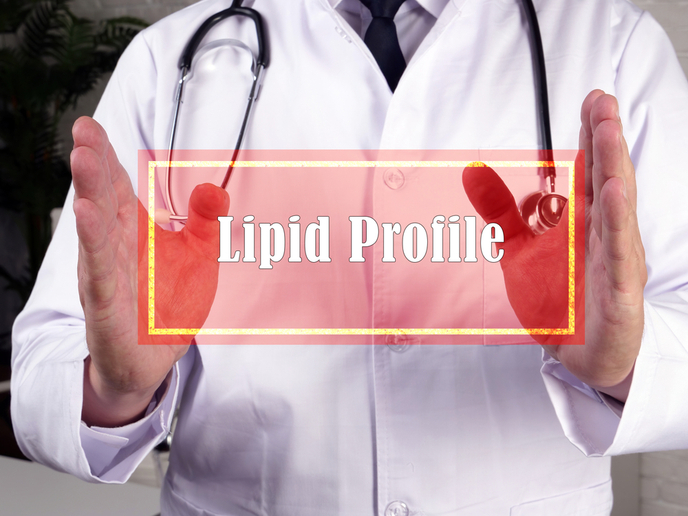Cunning prodrugs maximise therapeutic benefit
Absorption, distribution, metabolism and excretion are the main barriers that drugs must overcome to be effective. Reducing systemic exposure while maximising localised concentration at the site of interest is key for therapeutic benefit. Over the years, researchers have come up with various technologies to achieve localised drug delivery or synthesis using biologically inert prodrugs that are activated on site, usually with the help of enzymes. This approach is known as enzyme prodrug therapy (EPT), has potential application in cancer therapy for the delivery of cytotoxic agents.
Localised drug synthesis
Inspired by nature, scientists funded by the EU’s European Research Council (ERC) proposed the use of native enzymes to achieve drug synthesis at the site of drug action, at the time needed and at the required concentration. In the process, they realised the importance of the chemical nature and biocompatibility of the right building blocks or precursor molecules for localised bioconversion by enzymes. They therefore invested time in developing innovative prodrugs rather than using commercially available ones. For anti-tumour therapy, efforts focused on the bioconversion of prodrugs in the tumour microenvironment, as a safe, effective measure to suppress cancer cell growth. Prodrugs were engineered to localise in the tumour and exploit the unique cancer enzymatic fingerprint to undergo bioconversion into a highly potent anti-cancer drug. Apart from anti-cancer drugs, the BTVI project team worked towards antibacterial therapeutics to prevent bacterial colonisation of implants. Researchers developed enzyme-containing fibrous mats and surface coatings with catalytic activity that can be used on the surface of metallic implants already in medical use. To this end, they designed innovative prodrugs that reach the implant surface and get converted into antibacterial drugs. Furthermore, the team discovered that inorganic nanoparticles exhibit catalytic activity mimicking human glycosidases and can be used for prodrug conversion. After deciphering the mechanism of catalysis, scientists developed nanozymes with diverse applications in biotechnology.
Advantages of EPT
“Localised drug synthesis is an incredible opportunity and can rely on implanted enzymes, on the inherent catalytic property of the implant, or on the enzymatic repertoire of the disease,” explains ERC grantee Alexander Zelikin. Indeed, prodrugs present an amazing tool for medicinal chemistry as they inherently mask the toxicity of even the most powerful therapeutics. The capacity of natural enzymes to convert a wide range of substrates can be harnessed to synthesise multiple drugs, mediating combination therapy. The delivered therapeutics don’t necessarily have to be drugs but short-lived molecules, such as nitric oxide, with a broad spectrum of physiological activities. Nitric oxide has been characterised as the guardian of cardiovascular grafts because of its vasodilation properties and its ability to counteract platelet aggregation. Therefore, implementing EPT in vascular implants to achieve localised nitric oxide production is highly desirable. “With the hard work of our interdisciplinary team we overcame scientific challenges and made significant progress in the field of medicinal chemistry,” outlines Zelikin. Through implantable biomaterials or by harnessing the diseased tissue itself, the BTVI project has successfully delivered a novel methodology for localised drug synthesis expected to be embraced by the broader biomedical community.







